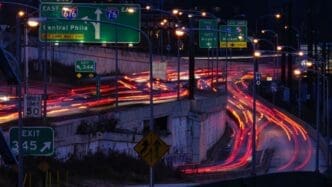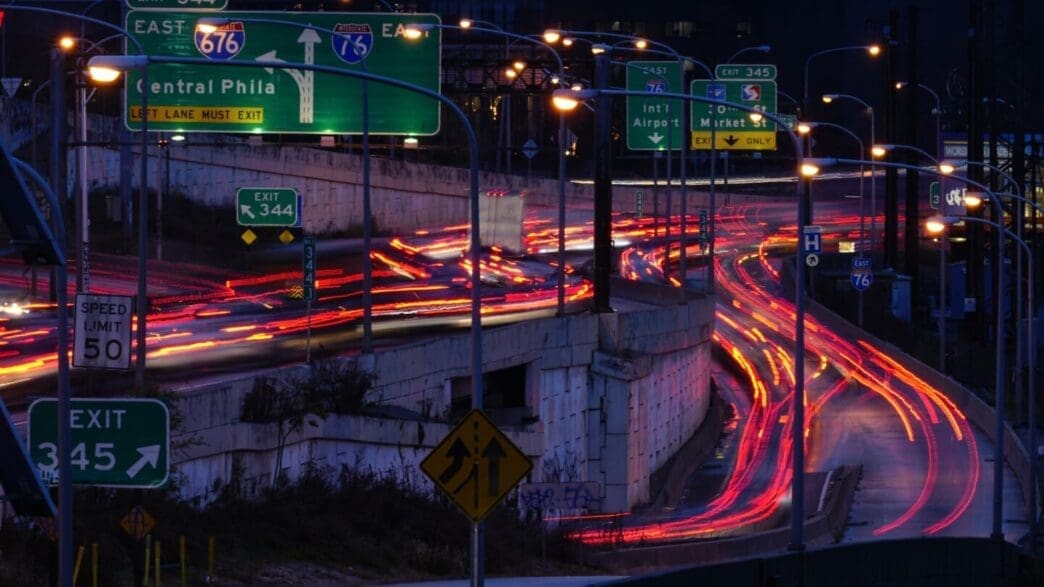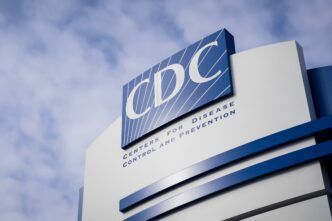As Thanksgiving approaches, the U.S. is anticipating a monumental surge in travel, with projections indicating the busiest holiday season on record. The Transportation Security Administration (TSA) and other key stakeholders are gearing up to manage this influx effectively.
The American Automobile Association (AAA) forecasts that approximately 80 million individuals will journey at least 50 miles from their homes between Tuesday and the following Monday. While the majority will travel by car, air travel is also expected to see significant numbers. Gas prices present a mild relief for drivers, having fallen to an average of $3.06 per gallon, a decrease from last year’s $3.27 during the same period.
The TSA aims to screen 18.3 million passengers at U.S. airports over the Thanksgiving week, a rise of 6% compared to last year. TSA Administrator David Pekoske assured that staffing levels are at an all-time high, promising wait times at security checkpoints not exceeding 30 minutes for general lines and under 10 minutes for PreCheck passengers. However, potential disruptions loom, such as a worker strike at Charlotte Douglas International Airport, where employee demands for better wages could impact operations.
Additionally, the persistent shortage of air traffic controllers remains a concern. Mike Whitaker of the Federal Aviation Administration stated that measures are in place to manage staffing shortfalls, which have affected airports in major locales like New York and Florida. Whitaker emphasized that the system’s safety is a priority, even if it means slowing down air traffic when necessary.
This year’s late scheduling of Thanksgiving—falling on the fourth Thursday of November—alters traditional travel patterns, according to Andrew Watterson of Southwest Airlines. He notes that while outbound travel tends to spread over several days, return trips concentrate just after the holiday, leading to heightened congestion from Saturday through Tuesday.
The landscape of travel has also been reshaped by the rise of remote work, as per AAA’s Aixa Diaz. The flexibility enables travelers to leave earlier or work from their destinations, potentially easing travel pressures on typical peak days. Yet, this shift has inadvertently created traffic on days once considered less congested by seasoned travelers avoiding historically busy days.
Safety remains a paramount concern for the TSA, which urges travelers to arrive early, avoid placing lithium-ion batteries in checked luggage, and refrain from carrying firearms in carry-ons. Over 6,000 firearms have been intercepted this year, most of them loaded.
INRIX, a transportation analytics firm, forecasts that while Tuesday and Wednesday afternoons will see peak road traffic, highways should be relatively clear on Thanksgiving Day. For those driving home, Sunday morning and Monday either early or late are optimal times to avoid heavy traffic, especially in metropolitan areas like Boston and Los Angeles.
As travelers prepare for the busiest Thanksgiving on record, both road and air travel sectors are braced for the challenges ahead. While strategic planning and increased staffing offer a measure of assurance, passengers are advised to exercise patience and plan accordingly. Ensuring a smooth travel experience requires diligence from both officials and travelers alike.
Source: APNews








